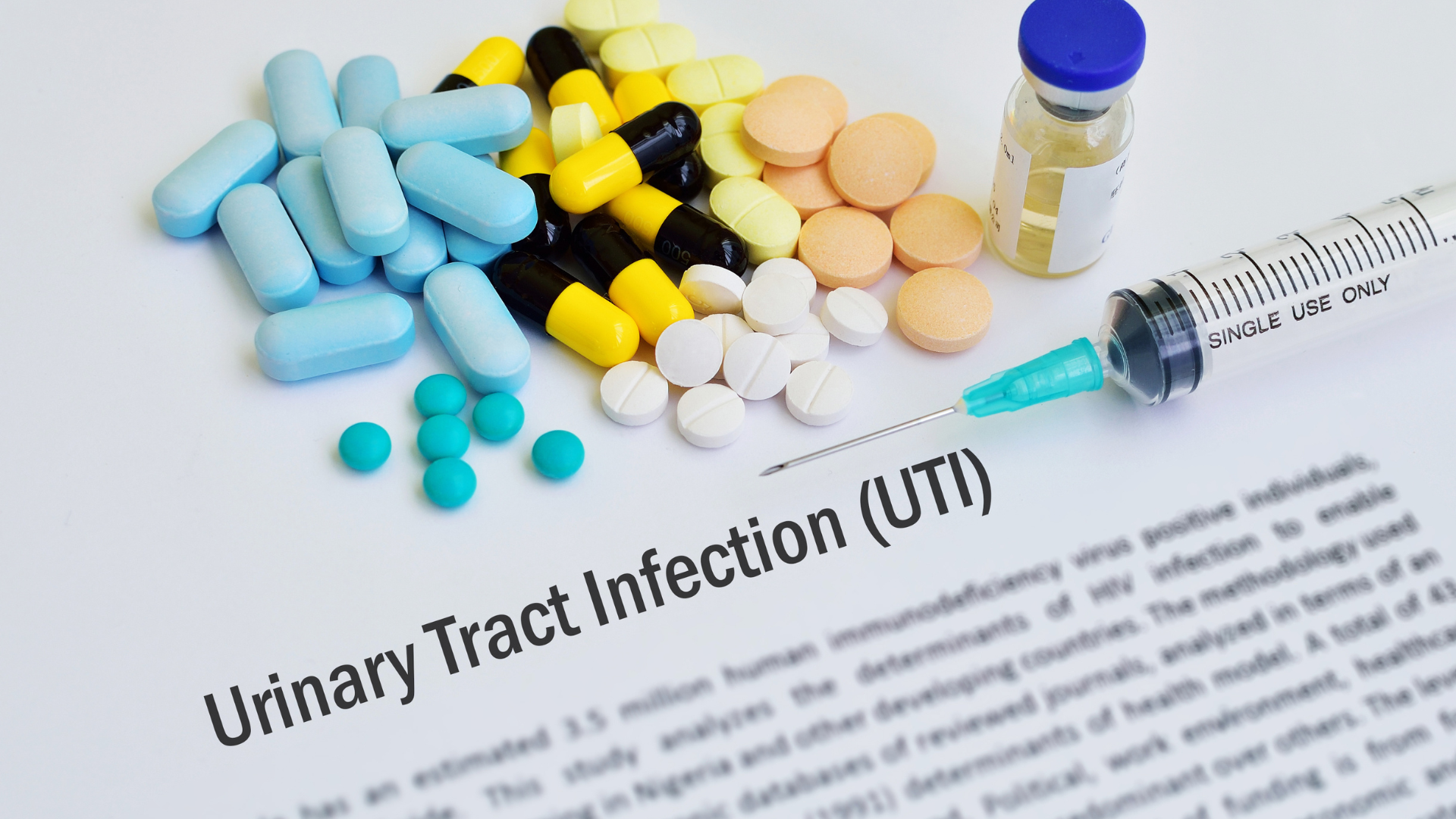Urinary tract infections (UTIs) are common in kids, and as symptoms can vary, a child with UTIs can be symptom-free. While a common UTI is treatable, other complications can arise. That’s why it’s important to know the symptoms of UTIs, when to see a doctor, and what to do at home to minimize symptoms and speed recovery.
Suppose your son or daughter complains of uncomfortable symptoms, such as a fever, foul-smelling urine, or painful urination. In that case, the urine test may provide the information you need to get to the bottom of your child’s situation. At any point during a UTI, your child may be experiencing one of several signs.
What Are The Symptoms of Having a UTI?
Urinary tract infection symptoms can be painful, but it’s important to remember that urinary tract infections have many causes. Sometimes infections are not even related to infection but result from other problems in your body such as enlarged prostate, kidney stones, or bladder stones, among others.
The best thing to do is get tested. You can get tested at a local clinic four, five, or six weeks after any of the symptoms related to the infection so your doctor can diagnose the type of infection and recommend the proper treatment.
- Frequent urination
- Pain or burning when urinating
- Strong-smelling urine
- Cloudy urine
- Blood in the urine
- Abdominal pain
- Fever
The urinary system also includes the ureters, which are tubes that connect the kidney and bladder. A urinary tract infection, or UTI, occurs when the bacteria, fungi, or viruses that normally live in our urine multiply and form an infection.
Diagnosis
Urinary tract infections (UTIs) are infections of the bladder or kidneys. In some cases, the infection can spread to the lower back or up to the kidneys, causing fever, chills, and pain in the abdomen. While UTIs aren’t commonly serious, they can become a medical emergency if they spread to other body parts, such as the kidneys, lungs, or brain.
Urinary tract infections (UTIs) are very common, affecting millions yearly. Recurrent UTIs can even lead to permanent kidney damage, but the symptoms are often easy to overlook. Urinary tract infections begin with bacteria entering the bladder through a tear or abnormal opening in the urinary system. If left untreated, bacteria can spread from the urinary tract to the kidney and cause pyelonephritis (kidney inflammation).
Urinary tract infections (UTIs) are usually caused by bacteria originating in the urethra. Usually, the bacteria enter the body through open wounds, such as scratches or rashes in the area. The condition may be mild or severe.
How to Treat The UTI?
Urinary tract infections (UTIs) are common infections. They are caused by a bacterial or viral infection that irritates the bladder. Female urinary tract infections (UTIs) are most common in women between the ages of 16 and 44. Urinating frequently, straining to urinate, urgency, painful urination, and lower back pain are common symptoms. Fortunately, UTIs can be successfully treated in most cases.
If you experience these symptoms, seek medical advice to rule out an upper or lower urinary tract infection.
Treatment involves treating the underlying infection and taking antibiotics to reduce symptoms. Simply drinking more water will also help flush the infection out.
But treatment can come in the form of antibiotics, natural supplements, or home remedies, and infection, inflammation, or irritation of the urinary system, commonly referred to as a UTI, is one of the most.
A UTI (urinary tract infection) is an infection in the urinary tract. You may get one if you drink too much, take certain medications, have a urinary catheter, or have a condition that causes frequent or overactive bladder. UTIs usually happen after exposure to bacteria, but sometimes even having the bacteria in your body can cause an infection.
If your child is displaying any of these symptoms, it is important to take them to see a doctor as soon as possible. A simple urine test can usually confirm the diagnosis. As a parent, it is important to be aware of the symptoms of a UTI in children and the best course of treatment.
Treatment for a UTI typically involves antibiotics. Your child will likely start to feel better within a few days of starting the medication. It is important to finish the entire course of antibiotics, even if your child is feeling better, to make sure the infection can be properly treated with certain medication prescribed by the doctors.
The symptoms and type of UTI differ depending on the age of the child. In babies, the most common symptoms include fever, irritability, and decreased appetite. Older children have a typically vague or vague pain that radiates to the groin or the back. Your doctor will do a physical exam and may order urine and blood work. Treatment varies depending on the type of UTI, but antibiotics are the most common treatment.



